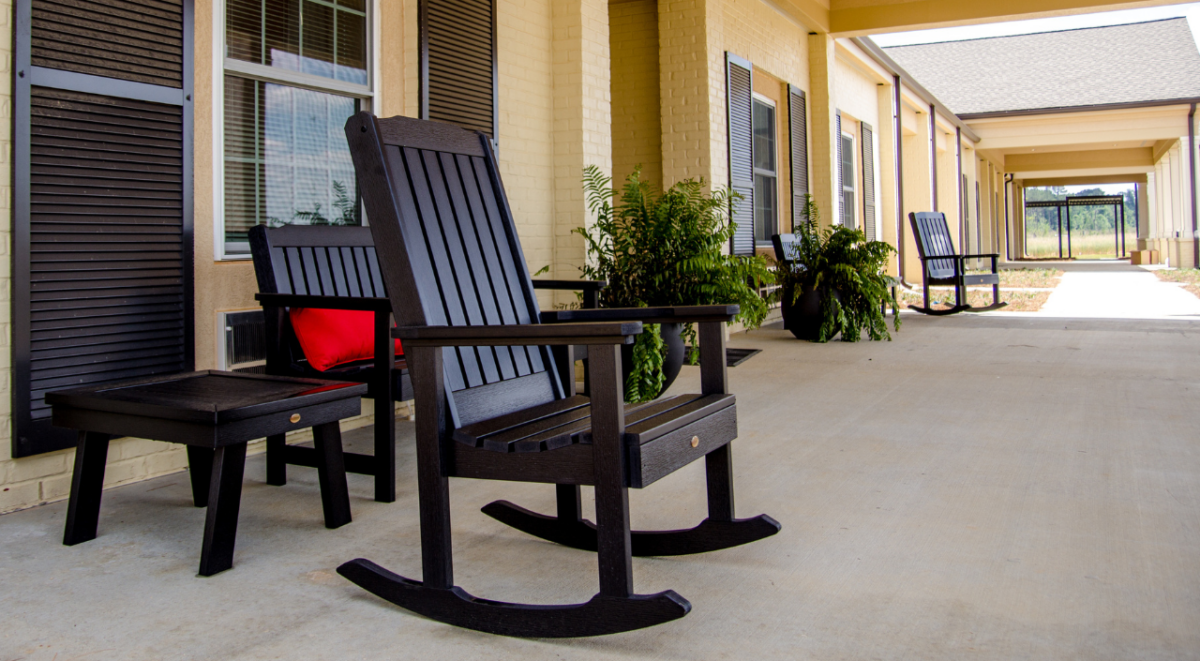USDA REAP 101: Powering Your Rural Business with Renewable Energy
The USDA Rural Energy for America Program (USDA REAP) is a government-guaranteed commercial lending initiative authorized under the Farm Bill and administered through the USDA Rural Development OneRD Program (USDA OneRD) specifically earmarked for renewable energy and sustainability projects across rural America. The program supports rural businesses and agricultural producers in adopting renewable energy systems and improving energy efficiency.
In today’s market, energy is expensive, and small business owners know that all too well. Investing in renewable energy and sustainability projects is also costly, but thankfully USDA REAP Loans from North Avenue Capital, one of the nation’s leading USDA commercial lenders, can help. NAC offers a streamlined process to educate and assist potential borrowers throughout the loan application process.
USDA REAP – Program Eligibility
The USDA REAP Loan Program, an underutilized government-guaranteed lending initiative, is open to rural small businesses and agricultural producers. As it relates to this particular loan program, the USDA defines rural as any city or town with a population of 50,000 or fewer residents. The project being funded must be in a rural location, even if the company’s headquarters are in an urban area. Qualifying businesses must meet SBA small business size requirements. Interested borrowers can see if their project’s location qualifies as “rural” using North Avenue Capital’s convenient interactive map tool.
However, agricultural producers can be located in any community: rural or urban. Farmers who receive at least 50% of their gross income from agricultural production are considered “agricultural producers” by the USDA.
USDA REAP – Loan Amounts & Parameters
The USDA REAP program provides loan guarantees up to 75% of the total eligible project costs or $25 million, whichever is less. While the minimum loan program amount is $5,000, NAC participates in the program with loans starting at $2 million and total project costs of at least $3 million. The USDA Rural Energy for America Program also offers grants for qualifying borrowers. The USDA REAP Grant Program offers varying funding levels, depending on the size and nature of the project.
USDA REAP – Eligible Projects
USDA REAP funds can be used for renewable energy systems, such as solar, wind, biomass, or energy efficiency improvements. By enabling access to renewable energy resources, USDA REAP loans empower businesses to adopt more sustainable practices, promoting a greener future. This demonstrates a commitment to both economic development and environmental stewardship, presenting a unique opportunity for those looking to invest in the growing field of renewable energy. Rural small businesses and agricultural producers can use USDA REAP funds for the following projects.
Renewable Energy Systems:
- Biomass (including Anaerobic Digesters)
- Hydropower
- Geothermal
- Hydrogen
- Wind
- Solar (Photovoltaic and Thermal)
- Ocean (tidal, wave, current, thermal)
Renewable energy systems funded through USDA REAP can significantly reduce energy costs for rural businesses and agriculture producers while promoting sustainable practices. These systems must be used to generate energy for self-use or for sale. The energy can be in the form of electricity, heat, steam, or biofuels. The loan program’s flexibility allows it to support a wide range of technologies and project sizes, making it accessible to many rural applicants. Systems can range from solar panels on a farm building to larger wind farms or biomass facilities. Renewable energy systems must be new and commercially available; experimental or prototype equipment is not eligible.
Energy-Efficient Improvements:
- HVAC system upgrades
- Insulation improvements
- Lighting retrofits (e.g., switching to LED)
- Energy-efficient windows and doors
- High-efficiency motors and pumps
- Cooling and refrigeration upgrades
- Energy management systems
Energy efficiency improvements are designed to reduce energy consumption and costs for rural businesses and agricultural producers. To qualify for USDA REAP funding, improvements must reduce energy consumption compared to the existing system. An energy audit or assessment is typically required to identify potential improvements and estimate energy savings. The audit must be conducted by a qualified third-party professional. Energy-efficiency projects must be for existing facilities; new construction is not eligible. These upgrades often have shorter payback periods compared to renewable energy systems, making them an attractive option for many USDA REAP applicants.
USDA REAP – Application Process
The USDA REAP program prioritizes projects that demonstrate a strong return on investment. Applicants should show how energy savings will offset the cost of the improvements over time. The submitted project plans should include estimated costs and projected energy savings. Documentation of current energy usage and costs is required. Lenders evaluate potential borrowers on five criteria known as “the Five Cs of Credit,” which include character, capacity, capital, collateral, and conditions.
When applying for a USDA REAP Loan, a lender, such as North Avenue Capital, will collect detailed project information and financial records from a potential borrower, which is needed for underwriting the loan. There are specific documents and studies that need to be completed and included in the USDA REAP Loan application. Those documents include:
- Feasibility Study
- Technical or IE report
- Pro formas
- System design and drawings
- Interconnection agreements
- Signed offtake agreements
- Geotech
- Phase 1 Environmental Study
- Appraisals & Site Control (if leased, needs to align with PPA term)
- Ownership structure or organizational chart
- Tax equity committed
Benefits of USDA REAP Loans
Compared to other commercial lending options available, USDA REAP Loans offer lower interest rates and longer amortization with terms extending up to 40 years. NAC offers USDA REAP Loan terms up to 30 years. The new systems or improvements funded by the loans can also significantly reduce a business’s operating costs. In addition to energy cost savings, USDA REAP participants may qualify for tax credits and other incentives.
While the USDA REAP Program itself doesn’t provide tax incentives directly, renewable energy projects that qualify for REAP funding may also be eligible for various federal and state tax incentives. Just like each state has its own set of tax laws, each state also offers different tax-related benefits for renewable energy and sustainability projects. Below are a few potential tax incentives that may align with USDA REAP-eligible projects:
Tax incentives can change, and their availability and specifics may vary based on the project type, size, and timing. Additionally, the interaction between these incentives and USDA REAP funding can be complex. NAC’s USDA REAP lending team can assist in determining which incentives apply to a particular project and how they interact with REAP funding.
Furthermore, the USDA REAP program promotes sustainable practices and helps reduce carbon footprints in rural areas, allowing businesses to affordably participate in these, otherwise costly, green initiatives. By leveraging USDA REAP Loans, rural businesses and agricultural producers can modernize their operations, reduce long-term costs, and contribute to a cleaner environment.
How North Avenue Capital Can Help
North Avenue Capital is a leading USDA commercial lender, and its team is dedicated specifically to the USDA Rural Energy for America Program.
One advantage of working with North Avenue Capital is its expertise in guiding borrowers through the USDA REAP Loan process. The company’s team of experienced lenders understands the unique needs of rural communities and can help borrowers navigate the application process, from initial screening to loan closing and funding.
NAC is a valuable partner for anyone seeking a USDA REAP Loan. By working with its team of experts, borrowers can access the financing they need to make critical investments in renewable energy systems and energy efficiency improvements, helping drive growth, reduce costs, and build a more sustainable future. Contact a loan specialist at NAC today.


